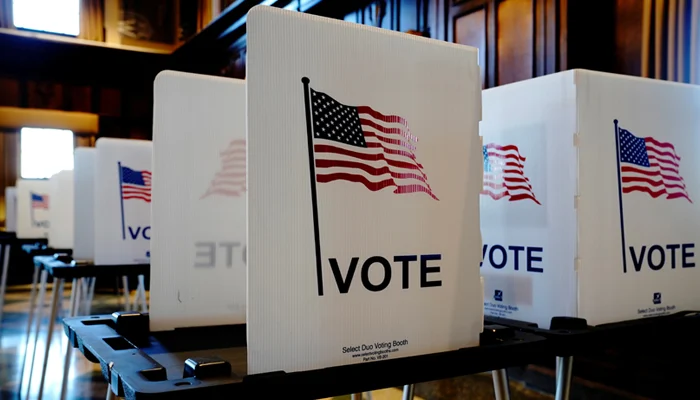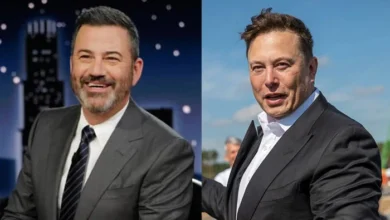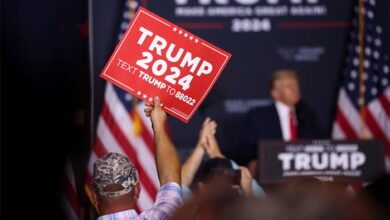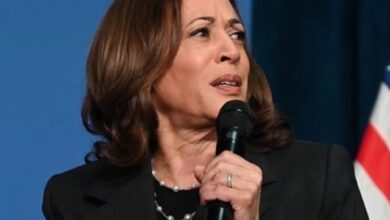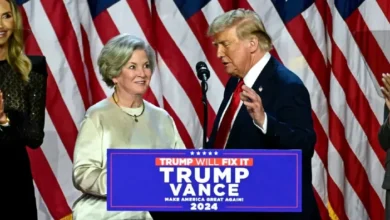Unlike most democracies where presidents are elected by popular vote, the United States uses an Electoral College system.
Voters cast ballots that indirectly choose 538 electors, who then decide the presidency with a majority of 270 votes required to win.
This system has led to cases where candidates win the presidency without the popular vote, sparking debate over its role in modern American democracy.
So, how does Electoral College elect US presidents, vice presidents?
The Electoral College is a process where 538 electors cast votes for presidential and vice-presidential candidates. These electors represent each state’s seats in Congress — the House and Senate. A candidate needs 270 or more electoral votes to win the presidency or vice presidency.
When voting for the president, the Electoral College also votes for the vice president chosen by the presidential candidate. However, before the 12th Amendment was ratified in 1804, the vice presidency was awarded to the presidential candidate with the second-highest number of electoral votes.
In each state, the candidate who receives the most popular votes typically wins all the state’s electoral votes, meaning a candidate can win the presidency without winning the national popular vote.
For instance, California, with 53 members in the House and two Senators, has 55 electoral votes awarded to the candidate who wins its popular vote.
In cases where a candidate wins the popular vote nationally but loses in the Electoral College, it’s often due to the distribution of congressional seats, which varies by state population and is updated every 10 years based on the national census.
Has a president won electoral vote but lost popular vote?
Yes, it has happened five times in US history.
John Quincy Adams was the first to win the presidency without securing the popular vote in 1824, followed by Rutherford B Hayes in 1876, Benjamin Harrison in 1888, George W Bush in 2000, and Donald Trump in 2016.
In the 2000 election, Republican George W Bush won the presidency with 271 electoral votes, though Democrat Al Gore led the popular vote by around 500,000.
In 2016, Trump secured the presidency while Democrat Hillary Clinton received 2.8 million more votes nationwide.
According to a 2023 survey by Pew Research, two-thirds of Americans now favour selecting the president directly by popular vote.
Who makes up the Electoral College?
Each state’s Electoral College representation equals its congressional delegation: its seats in the House of Representatives plus two Senators.
For example, Texas has 36 House seats and two Senate seats, totaling 38 electoral votes, while Vermont, with one House member and two Senators, has three electoral votes.
The full 538 electoral votes reflect the number of seats in Congress, and the candidate with at least 270 wins the presidency.
Why is there a popular vote if the Electoral College decides the presidency?
When Americans cast their ballots every four years in November, they are effectively voting to direct their state’s electors on whom to support in the Electoral College.
This popular vote provides a guide for each state’s electoral representatives, who then cast the formal votes that determine the president.

